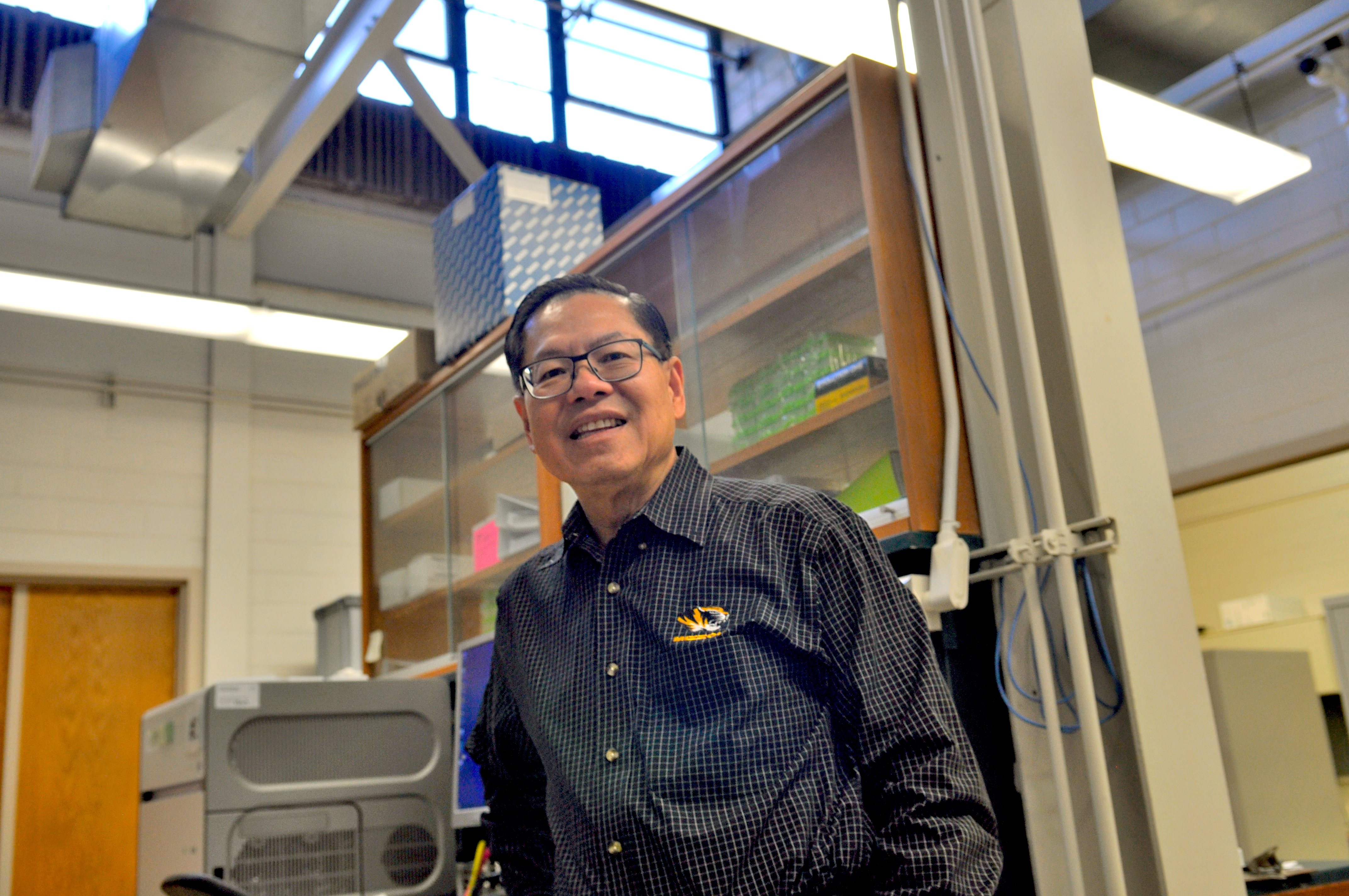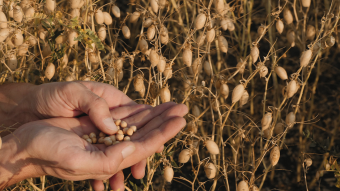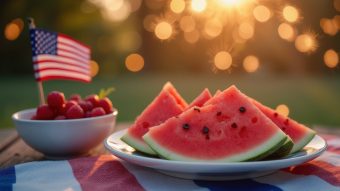
Jan. 5, 2022
Contact: Kenny Gerling, 573-882-6217, gerlingk@missouri.edu
Chickpeas — a little legume packed with protein — has a growing profile in the United States. Globally, it’s also one of the planet’s most important plants and a staple food for millions.
Researcher Henry Nguyen, professor in the College of Agriculture, Food and Natural Resources at the University of Missouri, was recently part of an international research collaboration that, for the first time, mapped the entire genetic makeup of more than 3,000 variations of chickpeas. It’s an accomplishment that sets the stage for a new era of plant genetics, one that promises more solutions to persistent problems such as food insecurity from drought and disease.
Nguyen agreed to explain his research team’s work and how their discoveries could result in more resilient chickpeas and a greener source of protein.
Could you share a bit more about your research?
This paper is the result of the biggest plant genome sequencing project in the history of plant genetics. Specifically, it provided a comprehensive genetic variation map in chickpea, which is a very important part of the legume family in Asia, Africa and parts of North America. This project is significant not just in the history of plant genetics, but it also opens doors for a new era of discovery in chickpea breeding.
Why is it vital to breed better chickpeas?

This study essentially provides a detailed blueprint of the genetic makeup of the chickpea and how the gene varies from one individual to another, as well as what characteristics different genes control: for example, whether it’s high yield, drought tolerant, flood tolerant, high protein content or disease resistance. Using this roadmap, we are able to pinpoint specific genes, and then do what’s known as precision breeding. It’s a brand-new technology that uses the same type of technology as precision medicine, except here we’re talking about the chickpea. If we know the specific gene, we can begin to do very precise gene editing to improve chickpea for different desirable characteristics.
Why are chickpeas so important?
They’re grown in more than 50 countries (India is leading the way). If you consider food security and the growing global population — crops like legumes are a great source of protein. If we could get a better chickpea, that would provide a better protein resource for people and help with future food production for the global population.
In societies like the U.S., we also consume a lot of protein from animal products — those require a much more developed system in order to grow the animal and produce the meat. So, there’s now increasing demand for plant-based protein food products. There’s also more demand due to health reasons, such as people trying to reduce cholesterol. People are starting to be more mindful of plant-based diets, and this is where protein comes in. The major supply of plant-based protein products is going to come from legumes, things like chickpeas and soybeans.
How can this genetic blueprint inform future discoveries?
This same technology can be applied to precision breeding of other legumes, including soybeans. The reason we were able to participate in this international collaboration is because my lab at Mizzou specializes in soybean genetics and genomics, and the broader scientific emphasis on legume genomics. We study soybeans specifically at Mizzou, but we can learn a lot from the genetics of different legumes. We can benefit by using the information from one species and applying it to another.
To arrange an interview with Nguyen, please contact Kenny Gerling with the MU News Bureau at 573-882-6217 or gerlingk@missouri.edu.
“A chickpea genetic variation map based on the sequencing of 3,366 genomes” was published in Nature.



